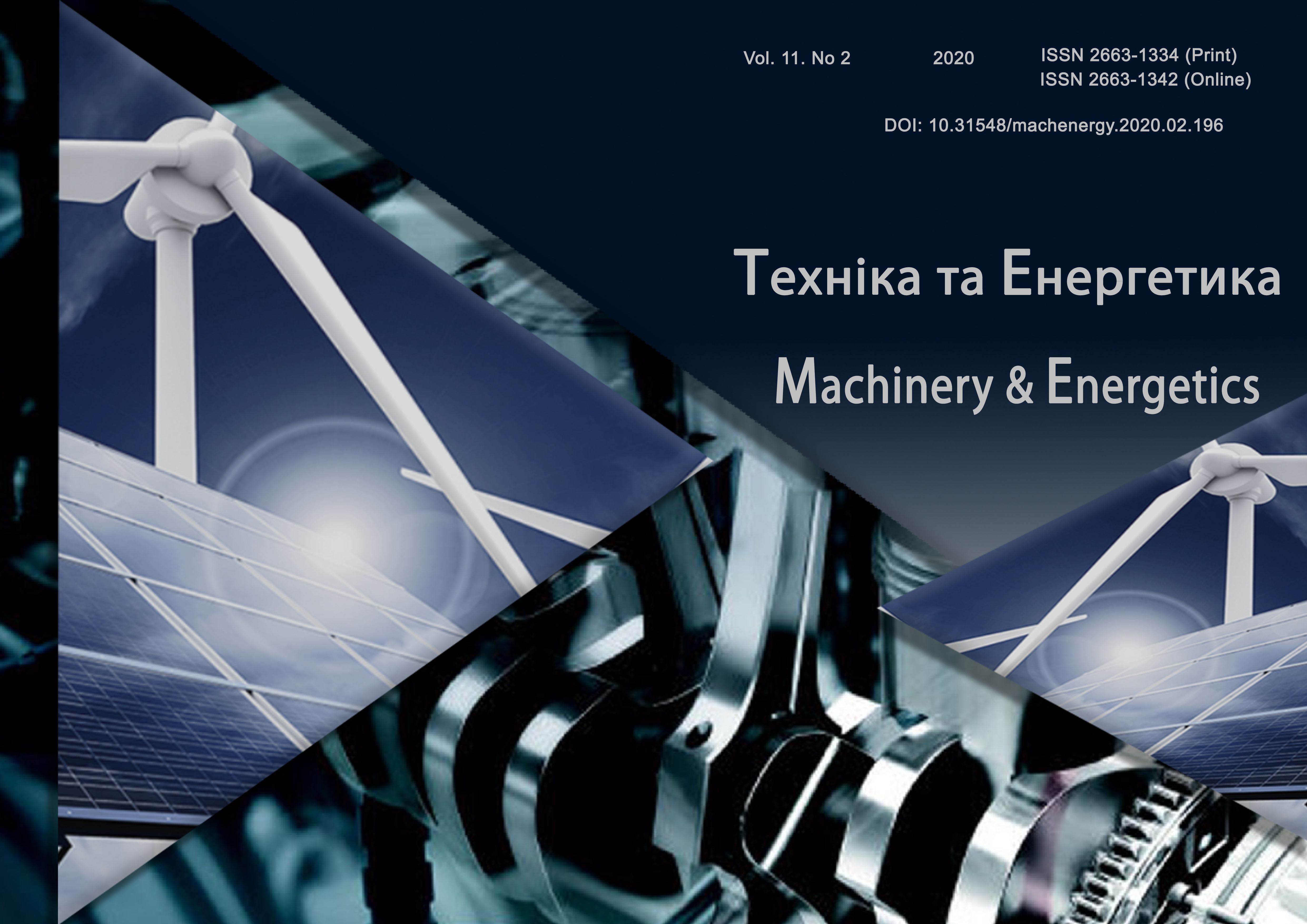Modelling of phase transformations in structural steels
DOI:
https://doi.org/10.31548/machenergy2020.02.015Keywords:
structural steel, chemical composition, heat treatment, austenite, ferrite, perlite, martensite, bainite, phase transformationsAbstract
An analytical dependence of the influence of alloying elements on the equilibrium temperature of vanadium nitride in austenite is established for the main alloying elements based on an analysis of state diagrams, which describe an actual process with an error of 0.9%.
As a result of the process analysis is theoretically justified and experimentally confirmed that the precipitation of the secondary phases from the supersaturated solution kinetics is controlled by the thermodynamic activity, diffusion mobility and solubility of the components forming the secondary phase in the solid solution, the deviation degree of the system from the equilibrium state, where the equilibrium state is the formation temperature and dissolution of the secondary phase.
The established quantitative regularity shows that the precipitation kinetics of the vanadium nitrides in austenite with a probability of 99.9% and an error of 7.1% is reliably described by the thermodynamic activity of nitrogen and vanadium, the deviation degree of the system from the equilibrium state, and the process time. In this case, the correlation coefficient between experimental and theoretical data is 0.915.
An analysis of the obtained analytical equations shows that the influence of the chemical composition on the content of the carbide and nitride-vanadium phases in the solid solution is significant. The elements are arranged according to the degree of increasing influence in the following sequence: the content of vanadium nitrides in austenite increases Si and decreases Mn, C, Cr.
As a result of studying the process of converting austenite to ferrite and perlite, martensite, and bainite, it was found that the nonequilibrium critical points of phase transformations are controlled by the equilibrium temperature of austenite and ferrite, the content of secondary phases in them, the diffusion mobility of carbon in austenite, the degree of alloying, and the grain size of austenite and in the case of diffusion transformations by the heating and cooling rate. Quantitative influence laws are determined, which describe the real process with a probability of 95% and an error from 2.3% to 7.1%.
References
Doerti R.D. (1987). Diffusive phase transformations in a solid material. Fizicheskoye metallovedeniye. Vol. 2. 276-365. Moscow. Metallurgy. [in Russian]
Kristian Dzh.U. (1968). Phase transformations. Fizicheskoye metallovedeniye. Vol. 2. 227-346. Moscow. Mir. [in Russian].
Kurdyumov G.V., Utevskiy L.M., Entin R.I. (1977). Transformations in Iron and Steel. Moscow. Nauka [in Russian].
Pylypaka, S.F., Nesvidomin, V.M., Klendii, M.B., Rogovskii, I.L., Kresan, T.A., Trokhaniak, V.I. (2019). Conveyance of a particle by a vertical screw, which is limited by a coaxial fixed cylinder. Bulletin of the Karaganda University - Mathematics. Vol. 95. Issue 3. 108-118. WoS. https://doi.org/10.31489/2019M2/108-119
Aulin V., Hrynkiv A., Lysenko S., Rohovskii I., Chernovol M., Lyashuk O., Zamota T. (2019). Studying truck transmission oils using the method of thermal-oxidative stability during vehicle operation. Eastern-European Journal of Enterprise Technologies. Vol. 1. № 1/6 (97). 6-12.
Downloads
Published
Issue
Section
License
Relationship between right holders and users shall be governed by the terms of the license Creative Commons Attribution – non-commercial – Distribution On Same Conditions 4.0 international (CC BY-NC-SA 4.0):https://creativecommons.org/licenses/by-nc-sa/4.0/deed.uk
Authors who publish with this journal agree to the following terms:
- Authors retain copyright and grant the journal right of first publication with the work simultaneously licensed under a Creative Commons Attribution License that allows others to share the work with an acknowledgement of the work's authorship and initial publication in this journal.
- Authors are able to enter into separate, additional contractual arrangements for the non-exclusive distribution of the journal's published version of the work (e.g., post it to an institutional repository or publish it in a book), with an acknowledgement of its initial publication in this journal.
- Authors are permitted and encouraged to post their work online (e.g., in institutional repositories or on their website) prior to and during the submission process, as it can lead to productive exchanges, as well as earlier and greater citation of published work (See The Effect of Open Access).

